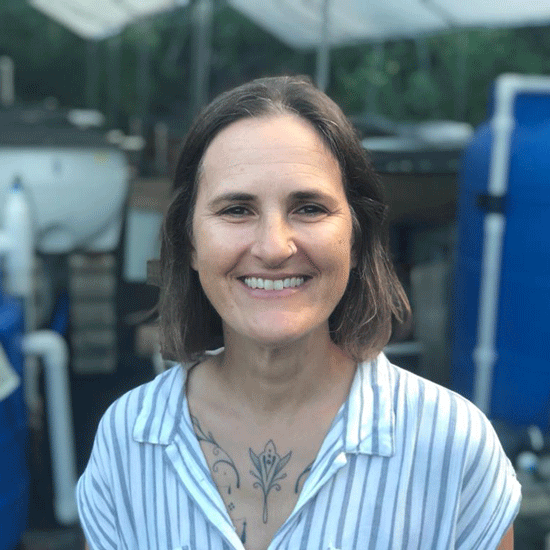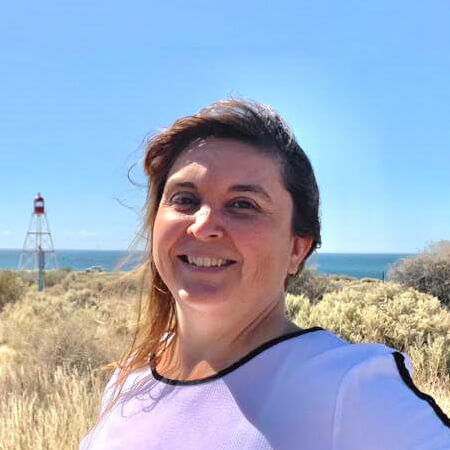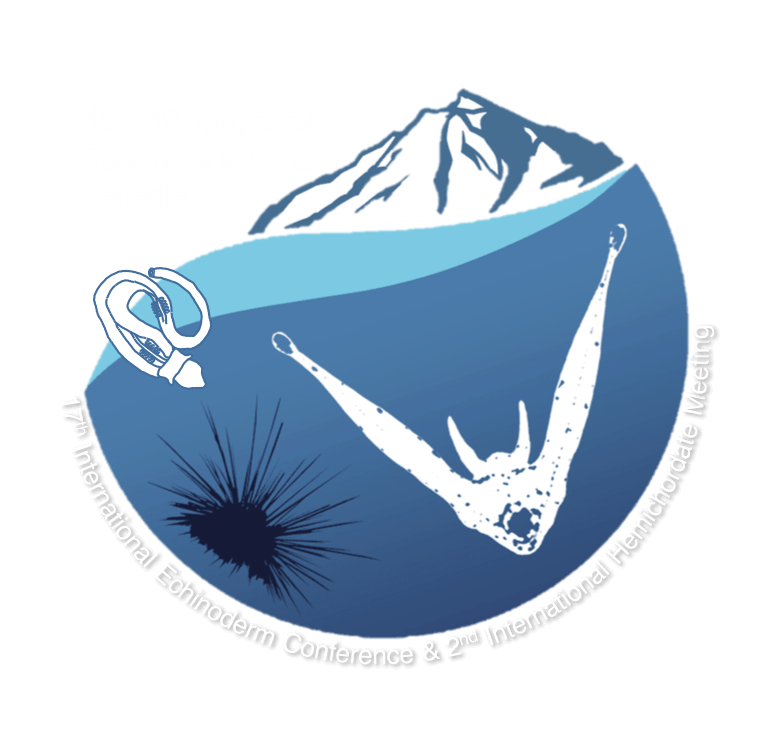Plenary speakers

Stacey Williams
Institute for Socio-Ecological Research (Puerto Rico)
Keynote talk
Sea urchins are commercially important as their gonads are a delicacy in many countries. However, sea urchins also play an important ecological role as they are the main herbivores in marine habitats. Herbivores are essential on coral reefs as they control the abundance of benthic algae, which would otherwise outcompete corals and other benthic organisms for space. Many Caribbean coral reefs lack herbivores and are dominated by macroalgae and a dangerous encrusting alga, Ramicrusta spp. Dr. Stacey Williams will discuss the novel approaches she and her team at ISER are taking to improve coral reefs by enhancing sea urchin populations in Puerto Rico through restorative aquaculture techniques. More than 6,500 lab reared Diadema antillarum and more than 300 Tripneustes ventricosus have been restocked to coral reefs around Puerto Rico. Significant reductions of fleshy macroalgae (Dictyota spp.) and thick turf algal/sediment mats (TAS), both unsuitable substrates for coral settlement, were significantly reduced with the reintroduction of these sea urchins. Additionally, released lab-reared sea urchins also increased the survivorship of coral outplants. She will discuss why producing sea urchins through aquaculture techniques provides direct ecological benefits to coral reefs and should be integrated into all coral restoration plans.

Tamara Rubilar
Universidad Nacional de la Patagonia San Juan Bosco (Argentina)
Keynote talk
During the global COVID-19 pandemic, a unique and unexpected journey unfolded, uniting the worlds of marine biology and human health. This remarkable journey focuses on the intersection of sea urchins and Long Covid. During the pandemic, we embarked on a groundbreaking exploration of sea urchin-derived compounds, uncovering their potential in alleviating symptoms of the cytokine storm provoked by Covid. Through rigorous scientific investigation and innovation, our team leveraged their expertise in biotechnology to harness the healing properties of sea urchins. This research has not only opened doors to promising treatments but has also emphasized the importance of sustainable biotechnology practices.

Mercedes González-Wangüemert
Wanguemert Fisheries Management & Aquaculture SLU (Spain)
Keynote talk
Sea cucumber is an important economic resource showing an ever-increasing demand from Asian countries. More than 80 species are exploited in 90 countries worldwide. Most of their stocks are depleted or over-exploited. Aquaculture arises as a solution to reduce the fishery pressure on wild stocks but providing a sustainable production to cover the market demand, and important incomes to the local communities.
The sea cucumber aquaculture started to be developed on those species showing high economic value and heavy fisheries, mainly Apostichopus japonicus and Holothuria scabra. However, linked with the diversification of the commercial species in the market, and favoured by globalization, new target species from Mediterranean and Atlantic are being produced under aquaculture in the last years. On the other hand, these species have already been included into integrated multitrophic aquaculture systems (IMTA) due to their ability to remediate the impacts from the culture of other species (fish, mussels, or clams).
During this talk, we will walk together along the history and main outcomes which allowed us to develop the aquaculture of two target species (Holothuria arguinensis and Holothuria mammata) in Portugal and Spain, and their later inclusion on integrated multitrophic aquaculture systems. Some “brushstrokes” about our ongoing projects focused on sea cucumber aquaculture in Cabo Verde, Liberia and other countries from Western Africa will also be shown.

Rocío Pérez Portela
Universitat de Barcelona (Spain)
Keynote talk
Echinoderms living across environmental gradients hold the biological mechanisms required to face this environmental heterogeneity. Among these biological mechanisms, some act at the intraspecific level at different evolutionary and temporal scales, such as the genomic local adaptation of populations under differential selective pressures over generations, and the phenotypic plasticity expressed during the individuals’ lifetime due to a genotype-by-environment interaction. Additionally, the interspecific relationship of the echinoderms (hosts) to their associated symbiotic microbiota may, in some cases, determine the adaptability of the host’s biological responses. The final output of these differential buffering mechanisms and pre-adaptations can play a major role in the short- and long-term survival of the echinoderm species under the current scenario of ocean warming and acidification. During the last years, our research team has applied a multidisciplinary approach to understand the adaptation potential of key echinoderms to ocean warming and acidification exploring adaptation and stress responses along strong natural gradients of temperature (latitudinal gradient) and pH (in a CO2 vent system in La Palma, the Canary Islands), together with controlled experiments in the laboratory. These recent studies have revealed a variety of adaptations and stress responses to changes to the environmental variables that differ among species, including genomic local adaptations, differential patterns of gene expression, and metabolism levels under changes in temperature and pH. However, the intra- and interspecific processes are not necessarily complementary. The discrepancies found among species could be related to a different evolutionary origin and thermotolerance history, which may determine the resilience of these echinoderm species to future changes in the oceanographic variables.
